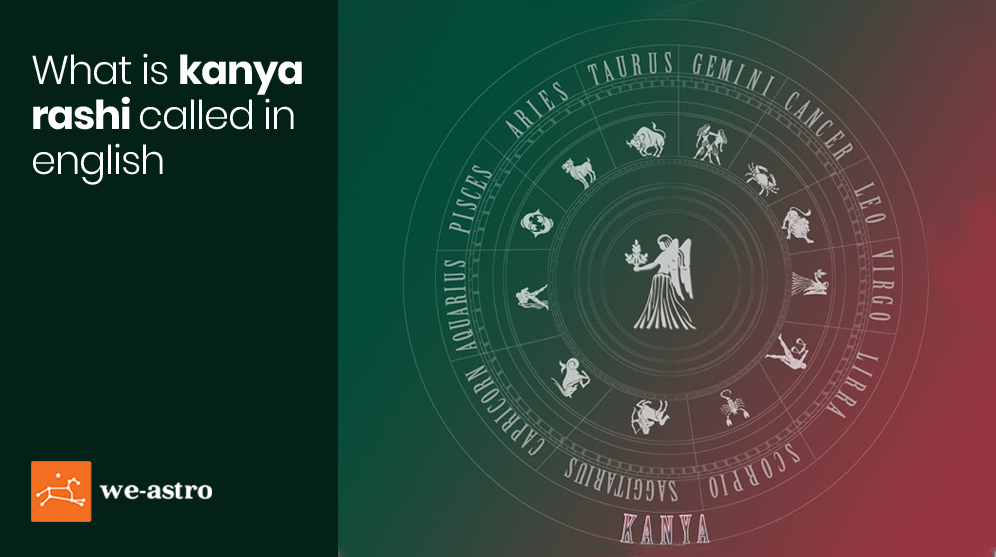Discovering Hi: A Vibrant Journey into its Significance in Kannada
Discover the translation and cultural significance of the greeting 'Hi' in Kannada language, within the context of Hindu practices and traditions.

The beauty of language lies in its diversity and capacity to convey a multitude of meanings. This becomes particularly true when we delve into the rich tapestry of regional languages in India, one of which is Kannada. Kannada, primarily spoken in the state of Karnataka, is a language that carries with it a profound cultural and historical significance. In this context, a simple word like 'Hi' holds a deeply embedded meaning.
In Kannada, 'Hi' translates to 'Namaskara', a term filled with respect and goodwill. It is more than just a casual greeting; it is a word that encapsulates the essence of the cultural values and traditions of the Kannada speaking populace. 'Namaskara' is derived from the Sanskrit word 'Namaskar', which means bowing or paying obeisance. This is not merely a greeting, but a sign of respect for the divine presence in each individual.
While 'Hi' is universally recognized as a casual form of greeting, 'Namaskara' carries with it a sense of reverence and honor. It is not just a word, but a gesture that signifies the inherent respect for the other person, acknowledging the divine spark within them. This concept is a reflection of the core Hindu philosophy of 'Vasudhaiva Kutumbakam', which means the world is one family.
In conclusion, the word 'Hi' in Kannada, i.e., 'Namaskara', is an embodiment of the cultural richness and deep-rooted traditions of the Kannada community. It stands as a testament to the respect and humility that form an integral part of social interactions in the Kannada culture. So, the next time you greet someone in Kannada, remember, it's more than just a 'Hi'; it's an expression of respect and acknowledgement of the divinity within the other person.




